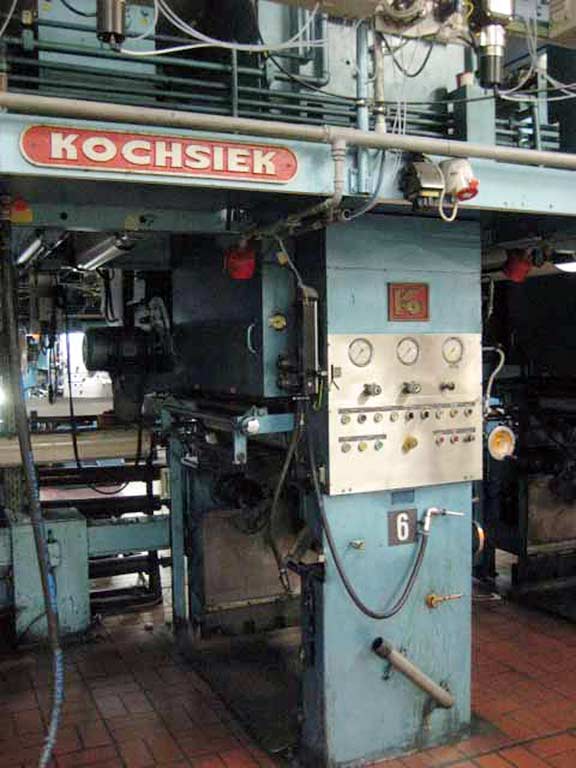
Happy to contribute ideas if you need to go down that path. I built one myself, but it was a bit of a saga. Presuming the workshop you go to has some decent presses, it may be sensible to stick with them.Īnother alternative, if you are confident in dealing with these issues, is researching and designing a little press with fat rollers and good power, and finding an engineering workshop to give you a quote. for the top roller, which will produce nothing more than an underdone, squashed, malnourished print, so stay away from them. The presses you mention have a max of 80mm. You need at least a 6 inch diameter in the rollers, IMHO, no matter the width of the rollers. They may be OK for small relief prints, but not for etchings. You need some muscle and a decent set of rollers to get a sweet print, and tabletop presses lack both. Small etching presses are a waste of time. May eventually move to a bigger and better press but really feel like I’m just starting out. I’ve been printmaking at a workshop for about 2 years but would like to do it at home. Direct drive presses can require some muscle to crank and if the press isn’t connected to a sturdy base it can move around. The Gerstaeker doesn’t say what the roller material is and the photos show a goldish color which is odd.Īlso, make sure you have a good sturdy base or table to put this on. I would want to know if the bottom of the bed is also protected from bearing and roller wear.

The Abig looks like it has a plywood bed with a steel layer on top of that. My table top Charles Brand has a stainless steel bed which is nice in that it makes rust much less of an issue. through your press.Ģ of the presses have steel beds, which are fine. Speaking of collagraphs and reliefs, make sure that you can get the thickness of plate, paper, felts, etc.
INTAGLIO PRINTING PRESS CRACK
Cast iron bases have been known to crack with extended use. If you intend to send a lot of deeply etched plates or collagraphs through it that require pushing paper deeply into recesses I would consider passing on the Gerstaeker because of the cast iron base. I mention this because the base material the structure of the press is made from can be important. Printing etching plates and collagraph plates can require a lot of pressure. Remember that it has to be both wide enough and long enough to get both plate and the print paper (with its border size) completely through. Make sure the press bed will accommodate the plates you will be making. So just some thoughts while looking at the info on line:


I am unfamiliar with any of these presses or manufacturers.


 0 kommentar(er)
0 kommentar(er)
